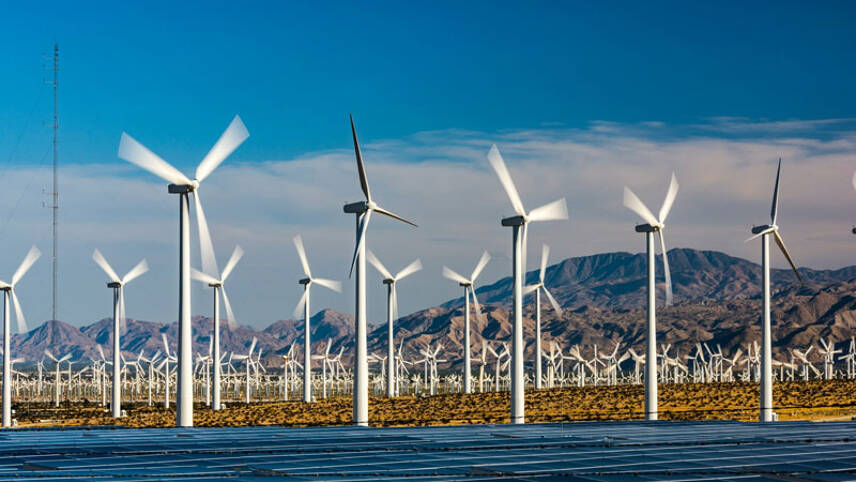Register for free and continue reading
Join our growing army of changemakers and get unlimited access to our premium content

The US emerged as one of the top markets for new wind energy installations.
This is according to the Global Wind Energy Council (GWEC)’s global wind report 2024, which analyses the growth of wind energy worldwide.
According to the report, year-on-year expansion was observed across 54 countries spanning all continents.
Global installed onshore wind capacity surpassed the 100GW mark for the first time, with a year-on-year growth rate of 54%, while offshore wind installations also performed strongly, reaching a total of 10.8GW during 2023.
The cumulative global wind power capacity exceeded the 1-terawatt (TW) milestone, reaching a total of 1021GW, with a year-on-year increase of 13%.
GWEC has revised its growth forecast for the period between 2024 and 2030 upwards by 10%, projecting a total capacity of 1,210GW. The forecast was updated as major economies are now establishing national industrial policies focused on gathering momentum in offshore wind.
Nevertheless, the report emphasises that the industry needs to triple this yearly growth rate, meaning it has to install at least 320GW of new capacity every year by 2030. This is necessary to reach net-zero emissions by 2050, aligning with the global temperature goal of limiting warming to 1.5C.
Regional progress on wind energy
Last year, China emerged as a dominant player in the industry, setting a new record with 75GW of new installations.
The other top markets for new wind installations included the US, Brazil, Germany and India.
The Asia-Pacific region experienced considerable growth, driven primarily by China, with a 106% year-on-year increase in installations.
Latin America also saw growth, with a 21% increase in installations, led by Brazil. Wind installations in Africa and the Middle East surged by 182% compared to the previous year.
Suzlon Energy’s vice president Girish Tanti said: “The Global North, which has largely shouldered the green energy revolution so far, requires the Global South’s support and potential in cost-efficient technology and supply chain to capitalise on renewable energy’s true potential.
“Renewable energy is the equaliser that our fragmented world needs right now as it can decentralise power generation, secure millions of new jobs, and meet the basic necessities of clean air and good health for all.”
A need for higher political certainty
Last year, at the UN’s climate summit hosted in Dubai, more than 100 countries signed up to a commitment to keep the 1.5C pathway of the Paris Agreement alive by pledging to triple global renewable capacity and doubling the annual rate of energy efficiency improvements by 2030.
However, a recent survey of 1,300 senior energy professionals globally found that nearly two-thirds identify political uncertainty as the primary threat to the industry over the next year.
In 2024, elections are scheduled in more than sixty nations, collectively representing approximately half of the global population.
GWEC has called upon policymakers to craft targeted policies that tackle growth obstacles within the energy sector, including planning bottlenecks, grid congestion and inadequately structured auctions.


Please login or Register to leave a comment.